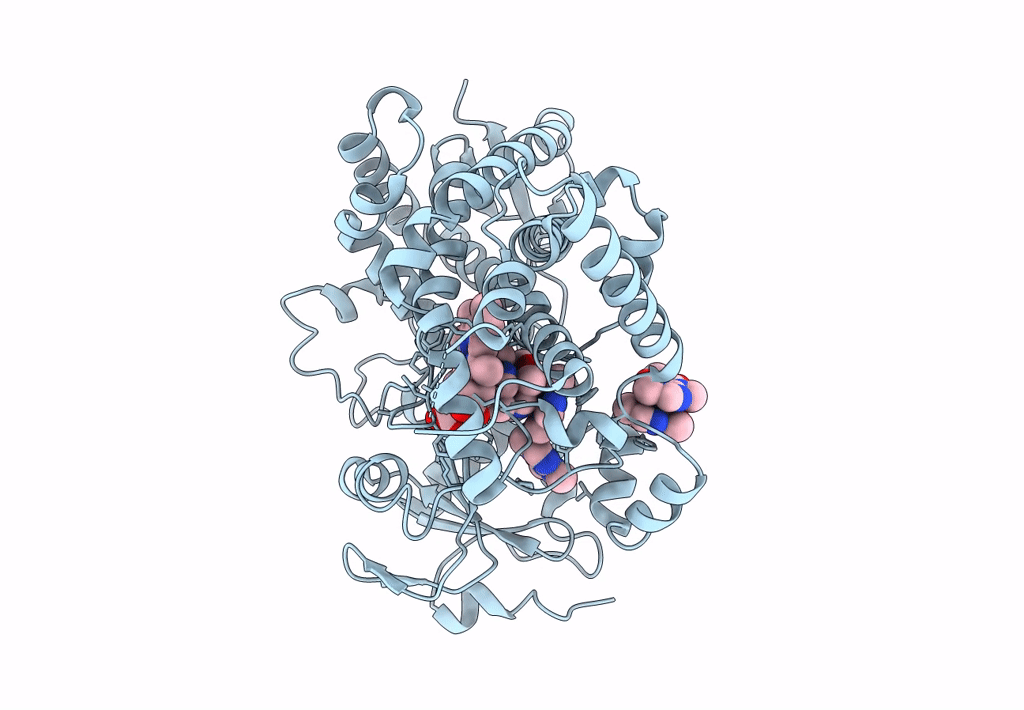
Deposition Date
2023-04-28
Release Date
2023-08-02
Last Version Date
2023-09-06
Method Details:
Experimental Method:
Resolution:
2.15 Å
R-Value Free:
0.25
R-Value Work:
0.20
R-Value Observed:
0.21
Space Group:
I 2 2 2


